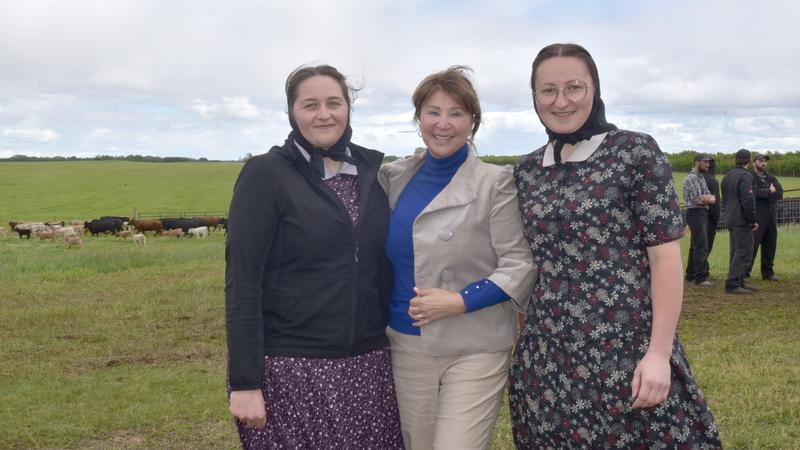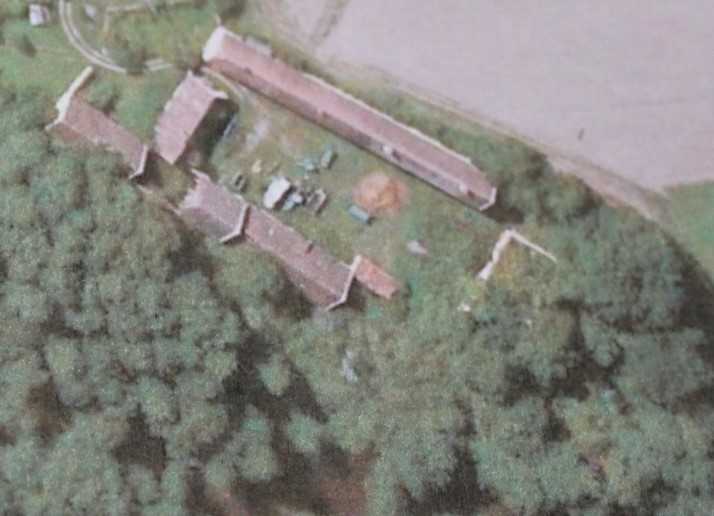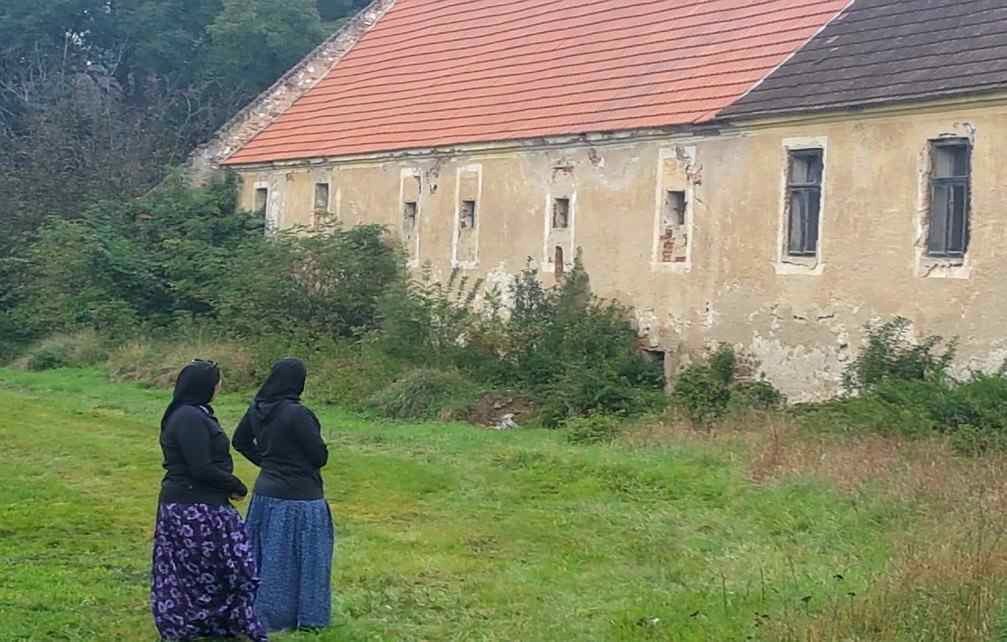
P.A. YouTube channel aims to connect missing pieces of 400-year-old Hutterite history
In their early years, Hutterites were doctors to kings, makers of wine and pottery so fine it was desired and collected by the wealthy citizens of Moravia in the present-day Czech Republic.
Politics and persecution changed that however, and modern Hutterites have been disconnected from their early roots, just as European historians were unaware any Hutterites had survived until about 50 years ago.
In Prince Albert, author Mary Ann Kirkby is doing her best to connect the two halves, starting in Auspitz, Czech Republic.
“This is where the first colony in the world was established,” Kirkby said. “The community decided that they would invite the Hutterites back to recognize the wrong and to say, you are welcome.”







